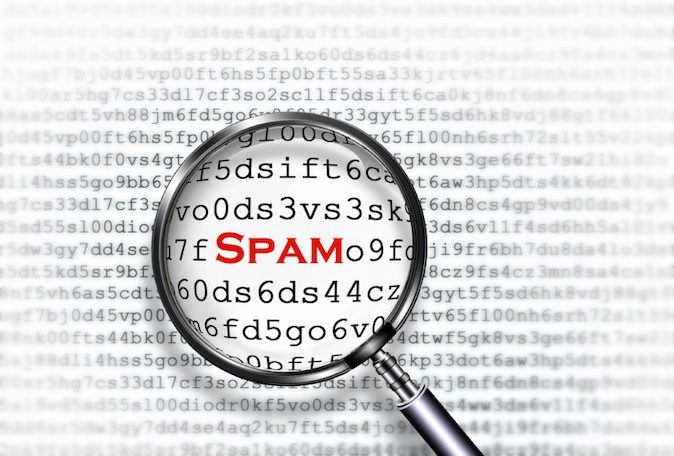
In today’s world there is a heavy reliance on email communications. The volume of emails being sent is ever increasing and it is not uncommon for a single person to have multiple email addresses, resulting in email overload. Managing and receiving so many messages across different inboxes is difficult to manage. We’ve seen a tendency for users to want to automatically forward all their messages from one account to another, but there are major risks that most people don’t think about when auto-forwarding email.
Along with all of the legitimate email in this world there is unfortunately also a large portion of malicious email. We know better than anyone else just how difficult and complex the fight against spam has become. The last thing legitimate senders want is to have their messages confused with those sent by a malicious user. What most users don’t realize is that forwarding mail messages often causes major confusion to anti-spam systems.
Unfortunately, the default email forwarding options on many email servers and clients cause every single message received at an address to be forwarded. Often times this means that messages don’t get spam filtered prior to being retransmitted. So not only does your legitimate mail flow over to your other address when you set up auto-forwarding email, but the spam messages come along for the ride.
The way email works also plays a major part in why this is a critical issue. When a message is transmitted, the receiving mail server has no choice but to hold accountable the server that performed final message delivery. While a malicious spam message may have originated on a virus infected PC before being sent to your address, none of this is verifiable by the end receiving mail server. Email message headers may show a path the message took as it traveled to its destination, but they can be easily forged and manipulated (and often are).
The simplest solution for the issue at hand is that companies should maintain a “no auto-forwarding” rule for their employees. It may seem like a drastic measure, but it really isn’t difficult with the technology and tools currently available. For example, the desktop application Outlook supports multiple simultaneous accounts, as do most modern smartphones. Also, ensuring the availability of a web-based mail client for improved accessibility may eliminate the need to perform any mail forwarding at all.
If a no email auto-forwarding policy isn’t an option for you, a strict spam filtering process should be established and verification that filtering takes place before messages are forwarded is critical. Too many times we have seen businesses blacklisted, damaging their domain reputations, when forwarded messages were skipping the filtering process.
Having a clean mail stream is the most effective way to ensure the best possible delivery rates for your email messages. With SocketLabs On-Demand smarthost service you can easily identify forwarding accounts that could be causing your business message delivery issues. Our detailed reports help quickly determine message patterns and possible issues. If you don’t have an account with us already, sign up now and try our service for free!







